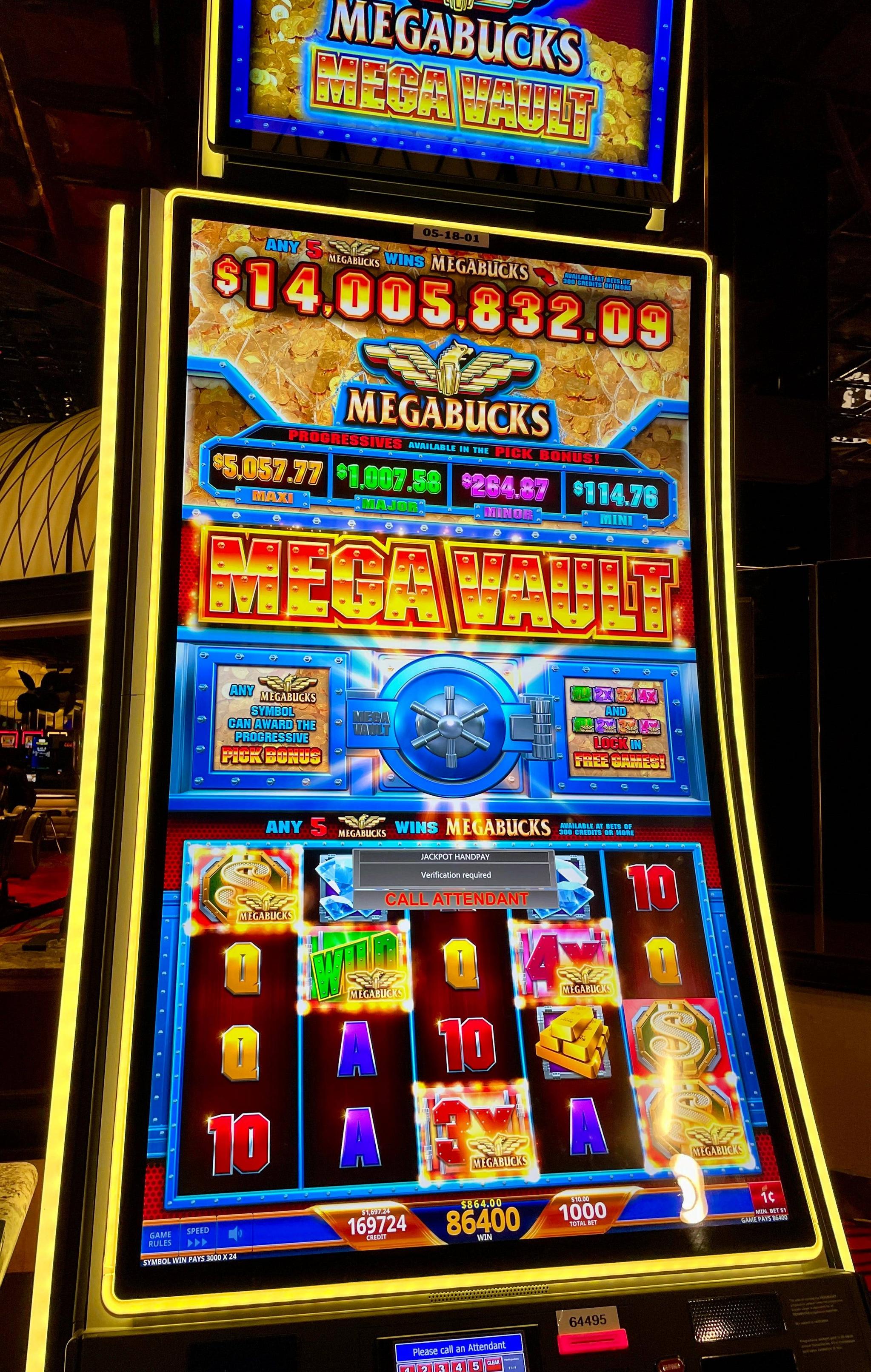
A slot is a narrow opening or groove, such as a keyway in a piece of machinery or a slit for a coin in a vending machine. The term can also refer to a position in a group, series, or sequence.
In slot games, the pay table is a reference for players to understand how to land winning combinations. It shows the symbols available and what they mean, as well as how much you can win from landing three or more matching symbols in a row. It can be found on the left side of the screen when you start playing a slot game. It’s important to read this before you spin the reels, as it will help you plan your bets.
In addition to the pay table, you should also check the number of paylines a slot has. While traditional slots may only have a single horizontal payline, many online versions feature multiple lines that can give you more opportunities to form winning combinations. This will increase your chances of hitting the jackpot, but it also means that you should play with a budget and stay within it. You should also minimise distractions and concentrate fully while playing slots, as this will increase your speed and accuracy. This can be achieved by reducing the noise level and silencing your phone. This will make sure that you can focus on the task at hand and reduce your stress levels.

